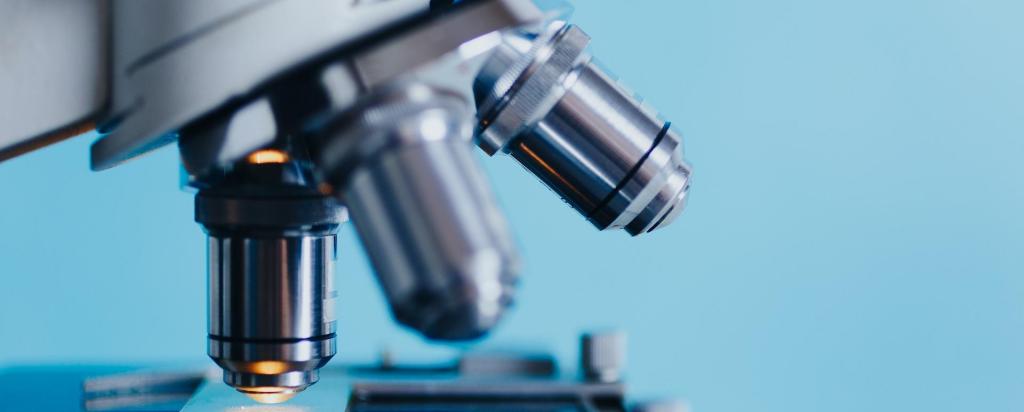
Showing 161 - 180 of 297 results
Inaugural deaf youth science camp an “incredible opportunity”
Material with molecular trapdoor holds promise for highly selective gas adsorption
An international team led by scientists at City University of Hong Kong has found flexible metal-organic framework (MOF) with one-dimensional channels that acts as a “molecular trapdoor” to selectively adsorb gases, such as carbon dioxide, in response to temperature and pressure changes.
2020 hackathon finalists
In partnership with the Australian Museum as part of National Science Week explore the 2020 hackathon theme of Deep Blue: Innovation for the future of our oceans
ANSTO celebrates student-science success! 230 medals for 115 primary and secondary schools
Atomic structure behaves like gears and torsion-springs to contribute to extreme compressibility
ANSTO is helping construct Australia’s first dark matter lab
Launch of the second phase of construction of the underground laboratory to detect dark matter.
Sci-fi or sci-fact
STEM-SAGE Initiative
Inspiring young women to be part of next generation of scientists.
Some of Sydney’s best science teachers meet its best science infrastructure
The translocator protein in response to cannabinoids
Researchers uncover how pathogens hijack phosphate pathways to infect crops
A team of scientists from The Australian National University (ANU) has discovered how a powerful “weapon” used by many fungal pathogens enables them to cause disease in major food crops such as rice and corn
A spotlight on quinine for National Tree Day
ANSTO and University of Wollongong team up to sort sci-fi from sci-fact
Collaborative research has significance for ubiquitous interaction of biomolecules with water

Shorebirds Competition 2021
ANSTO is proud to host the Shorebirds Competition for the fourth year. This unique environmental poster competition is free to enter and offers over $4000 in prizes (insert link to prizes button) for students and schools!
Bully T cells key to next generation flu vaccine
Sutherland students ‘armed’ with skills to build a bionic hand
Unearthing immune responses to common drugs
Cutting-edge nuclear techniques help prove Australia's oldest Aboriginal site
An unassuming rock shelter in the Flinders Ranges has been revealed as the oldest known evidence of Aboriginal Australian settlement, thanks in part to advanced nuclear techniques, technology and scientists.